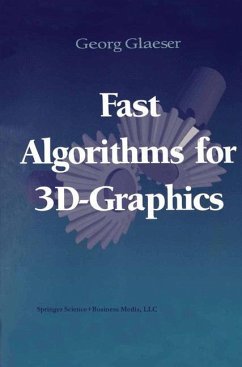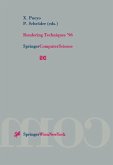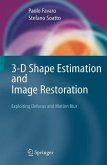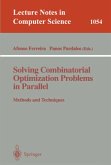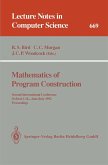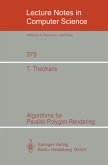In this book, a variety of algoritbms are described that may be of interest to everyone who writes software for 3D-graphics. It is a book that haB been written for programmers at an intermediate level as well aB for experienced software engineers who simply want to have some particular functions at their disposal, without having to think too much about details like special cases or optimization for speed. The programming language we use is C, and that has many advantages, because it makes the code both portable and efficient. Nevertheless, it should be possible to adapt the ideas to other high-level programming languages. The reader should have a reasonable knowledge of C, because sophisticated pro grams with economical storage household and fast sections cannot be written without the use of pointers. You will find that in the long run it is just aB easy to work with pointer variables as with multiple arrays . .Aß the title of the book implies, we will not deal with algorithms that are very computation-intensive such as ray tracing or the radiosity method. Furthermore, objects will always be (closed or not closed) polyhedra, which consist of a certain number of polygons.

